Home>Garden Essentials>When Can I Seed My Lawn After Using Weed And Feed
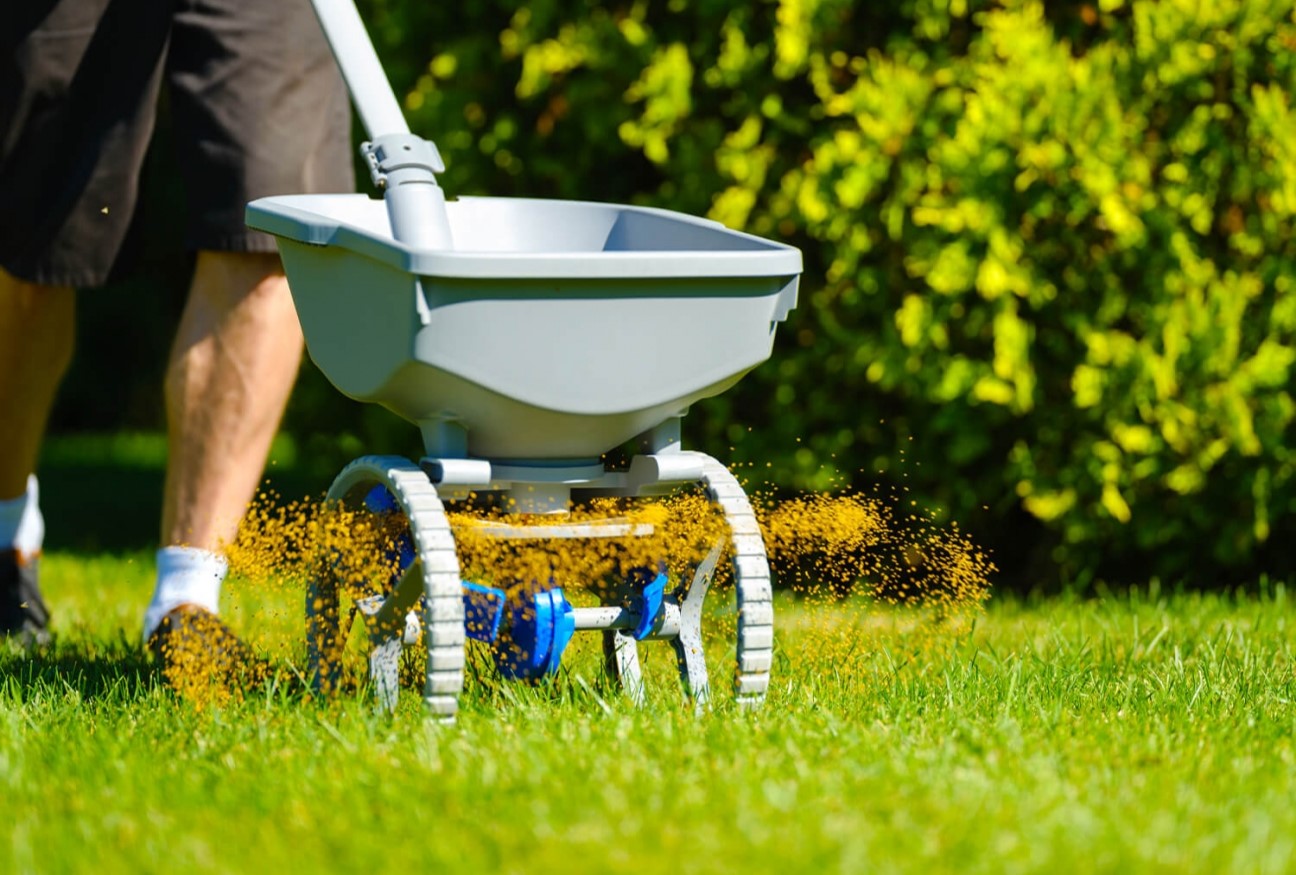

Garden Essentials
When Can I Seed My Lawn After Using Weed And Feed
Modified: March 24, 2024
Looking to seed your lawn after using weed and feed? Discover when you can safely plant seeds in your garden to achieve a healthy and thriving lawn.
(Many of the links in this article redirect to a specific reviewed product. Your purchase of these products through affiliate links helps to generate commission for Storables.com, at no extra cost. Learn more)
Introduction
Gardening enthusiasts often find themselves faced with the dilemma of dealing with both weeds and the desire for a lush, healthy lawn. Fortunately, there is a product that aims to tackle both issues: weed and feed. Weed and feed products are designed to target and control unwanted weeds while nourishing the grass, promoting its growth and health. However, many homeowners wonder about the timing of lawn seeding after using weed and feed.
In this article, we will explore the effects of weed and feed on your lawn and discuss the factors you need to consider before seeding. We will also address the waiting period after using weed and feed and provide guidance on the best time to seed your lawn. Additionally, we will offer some tips for successful lawn seeding after using weed and feed. So, let’s dive in and discover when you can safely seed your lawn.
Key Takeaways:
- Timing is crucial when seeding your lawn after using weed and feed. Wait 4-6 weeks for herbicides to dissipate, then seed in spring or fall for best results.
- Prepare the soil, choose the right seed, and water adequately for successful lawn seeding after using weed and feed. Patience and proper care are key!
Read more: How Long To Seed After Weed And Feed
Understanding Weed and Feed Products
Weed and feed products are a popular choice among gardeners who want to address both weed control and lawn nourishment in a single application. These products typically combine herbicides to target and eliminate weeds with fertilizer to provide essential nutrients to the grass. The herbicides in weed and feed products are formulated to selectively target common lawn weeds, such as dandelions, crabgrass, and clover while minimizing damage to the grass.
It’s important to note that not all weed and feed products are the same. They come in different formulations, with varying ratios of herbicides and fertilizers. Some products are designed for specific types of grass, so it’s essential to choose a weed and feed product that is suitable for your lawn type.
The herbicides in weed and feed products work by being absorbed into the weed’s leaves, stems, or roots. Once absorbed, the herbicide disrupts the weed’s growth process, leading to its eventual demise. On the other hand, the fertilizers in weed and feed products provide essential nutrients, such as nitrogen, phosphorus, and potassium, which are crucial for the grass’s health and growth.
By using weed and feed products, you can effectively control weeds while simultaneously providing your lawn with the nourishment it needs to thrive. However, it’s crucial to understand the effects of weed and feed on your lawn before proceeding with any seeding efforts.
Effects of Weed and Feed on Your Lawn
Weed and feed products can have both positive and negative effects on your lawn. Understanding these effects will help you make informed decisions about when to seed your lawn after using weed and feed.
Positive Effects:
- Weed Control: One of the primary benefits of using weed and feed products is their ability to control and eliminate weeds. The herbicides in the product target common lawn weeds, preventing them from competing with your grass for nutrients, water, and sunlight.
- Fertilization: Weed and feed products provide essential nutrients to your lawn, promoting healthy growth and vibrancy. The fertilizers in the product deliver nitrogen, phosphorus, and potassium, which are crucial for strong root development, lush foliage, and overall lawn health.
- Convenience: Weed and feed products offer a convenient solution for homeowners who want to address weed control and fertilization in a single application. This saves time and effort compared to applying herbicides and fertilizers separately.
Negative Effects:
- Potential Damage to New Seedlings: While weed and feed products can effectively control existing weeds, they can also hinder the germination and growth of new grass seedlings. The herbicides in weed and feed products may have residual effects in the soil, which can impede the establishment of newly seeded areas.
- Chemical Stress on Existing Grass: The herbicides in weed and feed products can cause temporary stress to your existing grass. Although they are designed to be selective and minimize damage to the grass, some degree of stress may still occur.
Considering both the positive and negative effects, it’s important to weigh the pros and cons before deciding when to seed your lawn after using weed and feed. Understanding the waiting period is crucial to give your lawn the best chance for successful seeding.
Factors to Consider Before Seeding
Before you proceed with seeding your lawn after using weed and feed, several factors should be taken into consideration. These factors will help ensure the success of your seeding efforts and the overall health of your lawn.
1. Weed Control: Evaluate the effectiveness of the weed control provided by the weed and feed product. Ensure that the majority of the targeted weeds have been eliminated or are significantly suppressed. This will minimize competition for resources and give the new grass seedlings a better chance to establish.
2. Soil Condition: Assess the condition of your soil. It should be loose, well-drained, and free from excessive thatch or debris. If necessary, aerate the soil to improve its structure and porosity. Additionally, consider conducting a soil test to determine its nutrient levels and make any necessary amendments before seeding.
3. Weather Conditions: Take the current and forecasted weather conditions into account. Seeding is best done during moderate temperatures, usually in the spring or fall when the soil is still warm. Avoid seeding during extreme heat or cold, as these conditions can impede germination and growth.
4. Grass Type: Consider the type of grass you have or intend to grow. Different grass species have varying growth rates and requirements. Ensure that the grass you’re seeding is compatible with your climate and soil conditions.
5. Time Commitment: Seeding a lawn requires time and consistent care. Ensure that you’re prepared to dedicate the necessary effort to water, mow, and maintain the newly seeded areas. Neglecting these tasks can result in poor germination and a weak lawn.
By taking these factors into account and addressing any necessary preparations, you can increase the likelihood of successful lawn seeding after using weed and feed. The next step is to determine the waiting period before you can safely proceed with seeding.
Waiting Period After Using Weed and Feed
After applying weed and feed products to your lawn, it is important to allow a sufficient waiting period before proceeding with any seeding activities. This waiting period ensures that the herbicides have had enough time to dissipate or become inactive, reducing the potential for interference with new seedlings. The specific waiting period can vary depending on the product used and the manufacturer’s recommendations. It is crucial to read and follow the instructions provided on the weed and feed product label.
Typically, the waiting period after using weed and feed can range from 4 to 6 weeks. During this time, the herbicides in the product will break down and become less active, decreasing the risk of damage to newly seeded areas. Waiting too short a period may result in poor seed germination or stunted seedling growth due to the lingering effects of the herbicides.
It’s important to note that different herbicides have different persistence rates in the soil. Some herbicides break down quickly and have a shorter waiting period, while others linger for longer periods, requiring a lengthier waiting period. Always refer to the specific product label for accurate waiting period recommendations.
Additionally, some weed and feed products may contain a pre-emergent herbicide, which prevents the germination of weed seeds. While this is useful for controlling weeds, it will also hinder the germination of grass seed. In this case, it is recommended to wait until the pre-emergent herbicide has dissipated or follow the waiting period specified on the product label before seeding your lawn.
Remember, patience is key when it comes to seeding your lawn after using weed and feed. Waiting for the appropriate period ensures the best chance of success for your new grass seedlings.
Wait at least 4 weeks after using weed and feed before seeding your lawn. This allows time for the herbicide to break down and reduces the risk of new grass seed being affected.
Best Time to Seed Your Lawn
Timing is crucial when it comes to seeding your lawn after using weed and feed products. Choosing the right time will optimize the conditions for seed germination, establishment, and healthy growth. The best time to seed your lawn depends on various factors, including your location, grass type, and climate. However, there are two primary seasons that are generally considered ideal for lawn seeding: spring and fall.
Spring Seeding:
Spring is an excellent time to seed your lawn, especially in regions with cool-season grasses such as Kentucky bluegrass, perennial ryegrass, or fescue. Soil temperatures are gradually warming up, creating favorable conditions for germination. Additionally, the cooler spring temperatures reduce the risk of heat stress on young seedlings.
It is important to note that if you have recently used weed and feed products in the spring, you should wait for the recommended waiting period before seeding. This will allow any residual herbicides to dissipate, ensuring a better environment for the new grass seedlings.
Fall Seeding:
Fall is often considered the best time to seed your lawn, regardless of the grass type. In regions with cool-season grasses, fall provides ideal conditions for grass seed germination and establishment. The soil is still warm from summer, which promotes root growth, while the cooler temperatures minimize weed competition. Additionally, the fall season typically experiences more consistent rainfall, reducing the reliance on frequent watering.
If you have used weed and feed products earlier in the season, be sure to follow the waiting period specified on the product label before seeding in the fall.
In regions with warm-season grasses like Bermuda grass, zoysia grass, or St. Augustine grass, late spring to early summer is the recommended time to seed your lawn. These grass types thrive in warmer temperatures and require a longer growing season to establish properly.
Understanding the best time to seed your lawn based on your grass type and local climate will greatly increase the success of your seeding efforts.
Steps to Take When Seeding After Using Weed and Feed
Seeding your lawn after using weed and feed products requires careful planning and execution to ensure the best results. Follow these steps to give your newly seeded areas the best chance of success:
1. Wait for the Recommended Waiting Period: Before you begin seeding, ensure that you have waited for the recommended waiting period after using weed and feed. This waiting period allows the herbicides in the product to dissipate, minimizing any potential interference with seed germination and growth.
2. Prepare the Soil: Properly prepare the soil by removing any debris, rocks, or weeds. Loosen the top layer of soil with a rake or tiller, creating a fair and firm seedbed. If necessary, amend the soil with organic matter or fertilizers to provide the necessary nutrients for healthy grass growth.
3. Choose the Right Seed: Select high-quality grass seed that is suitable for your specific lawn conditions and grass type. Consider factors such as shade tolerance, drought resistance, and maintenance requirements. Ensure that the grass seed matches the type of grass you have or plan to grow in your lawn.
4. Spread the Seed: Use a seed spreader or broadcast by hand to evenly distribute the grass seed over the prepared soil. Follow the recommended seeding rates provided on the seed packaging to avoid over or under-seeding. Consider using a mix of grass seed varieties to increase the overall resilience and appearance of your lawn.
5. Water Thoroughly: After seeding, water the newly seeded areas thoroughly. The soil should be moist but not saturated. Keep the seeded areas consistently moist during the germination process, which can take anywhere from 7 to 21 days depending on the grass type. Avoid excessive watering that could lead to pooling or runoff.
6. Maintain Proper Care: Once the grass seedlings begin to emerge, continue to provide proper care. Gradually reduce the frequency and increase the duration of watering to encourage deep root growth. Avoid mowing until the grass is at least 3 inches tall, and ensure that the mower blades are sharp to prevent damage to the young seedlings.
7. Monitor for Weeds: Keep an eye out for any weed growth in the newly seeded areas. If weeds appear, carefully hand-pull or spot-treat them with an appropriate herbicide labeled for use on newly seeded lawns. However, it’s crucial to follow the label instructions and avoid using any herbicides that may harm or interfere with the growth of the grass seedlings.
By following these steps and providing the necessary care and attention, you can maximize the chances of a successful lawn seeding after using weed and feed. Remember to be patient, as establishing a healthy lawn from seed takes time and consistent effort.
Tips for Successful Lawn Seeding
Seeding your lawn after using weed and feed requires careful planning and proper execution to achieve successful results. Here are some tips to help you achieve a healthy and vibrant lawn:
1. Choose the Right Grass Seed: Select grass seed that is well-suited for your climate, soil conditions, and intended use of your lawn. Consider factors such as shade tolerance, foot traffic resistance, and maintenance requirements to ensure the best match for your specific needs.
2. Prepare the Soil: Properly prepare the soil before seeding by removing any debris, rocks, or weeds. Loosen the top layer of soil with a rake or tiller to create a favorable seedbed for germination. If necessary, amend the soil with organic matter or fertilizers to provide essential nutrients for the growing grass.
3. Overseed Existing Lawn: If you’re seeding an existing lawn, consider overseeding rather than starting from scratch. Overseeding helps fill in bare patches and thin areas, improves the lawn’s overall density, and enhances its ability to resist weeds and pests.
4. Practice Proper Seeding Techniques: Ensure that you distribute the grass seed evenly across the lawn using a seed spreader or broadcasting by hand. Follow the recommended seeding rates provided on the seed packaging to avoid under or over-seeding. Rake the seeded areas lightly to ensure good soil-to-seed contact and improve germination rates.
5. Water Adequately: Water is crucial for seed germination and seedling establishment. Keep the newly seeded areas consistently moist during the germination process. Water lightly and frequently to prevent runoff. Once the grass seedlings are established, gradually reduce the frequency of watering and increase the duration to encourage deep root growth.
6. Practice Patience: Growing a lush lawn from seed takes time and patience. Be prepared to wait for several weeks for the grass seedlings to emerge and establish. Avoid heavy foot traffic or mowing until the grass reaches a height of at least 3 inches. This allows the roots to develop a strong foundation.
7. Follow a Proper Maintenance Routine: Maintain your newly seeded lawn by following a proper maintenance routine. Regularly mow the grass, ensuring that the mower blades are sharp to prevent damage to the young seedlings. Fertilize as needed, following the recommendations for your specific grass type. Control weeds with safe and appropriate methods, avoiding any products that could harm the new seedlings.
8. Monitor and Address Issues: Keep an eye on the health of your newly seeded lawn and address any issues promptly. Monitor for weed growth and remove them manually or use herbicides labeled for use on newly seeded lawns. Address any disease or pest issues with appropriate treatments to ensure the continued health of your lawn.
By following these tips, you can increase the likelihood of a successful lawn seeding after using weed and feed. Remember that proper preparation, care, and maintenance are essential for achieving a lush and healthy lawn.
Conclusion
Seeding your lawn after using weed and feed products requires careful consideration and proper timing. While weed and feed products effectively control weeds and provide nourishment for your lawn, it’s important to understand the waiting period before seeding to ensure the best results.
Factors such as weed control, soil condition, weather, grass type, and time commitment play a crucial role in determining when to seed your lawn. Waiting for the recommended period after using weed and feed allows the herbicides to dissipate, reducing any potential interference with seed germination and growth.
The best times to seed your lawn are typically in the spring or fall, depending on your grass type and climate. Spring offers gradually warming temperatures, while fall provides optimal conditions for germination and establishment. However, for warm-season grasses, late spring to early summer is the preferred time for seeding.
Following the proper steps when seeding, such as soil preparation, choosing the right seed, watering adequately, and maintaining proper care, will increase the chances of successful grass growth. Practicing patience and monitoring for potential issues like weeds or diseases will contribute to a vibrant and healthy lawn.
Remember, creating a beautiful and thriving lawn takes time, effort, and proper planning. By understanding the effects of weed and feed on your lawn and following the recommended guidelines, you can achieve the desirable results you desire.
So, take your time, follow the steps, and enjoy the process of creating a lush and vibrant lawn that will be the envy of your neighborhood.
Frequently Asked Questions about When Can I Seed My Lawn After Using Weed And Feed
Was this page helpful?
At Storables.com, we guarantee accurate and reliable information. Our content, validated by Expert Board Contributors, is crafted following stringent Editorial Policies. We're committed to providing you with well-researched, expert-backed insights for all your informational needs.
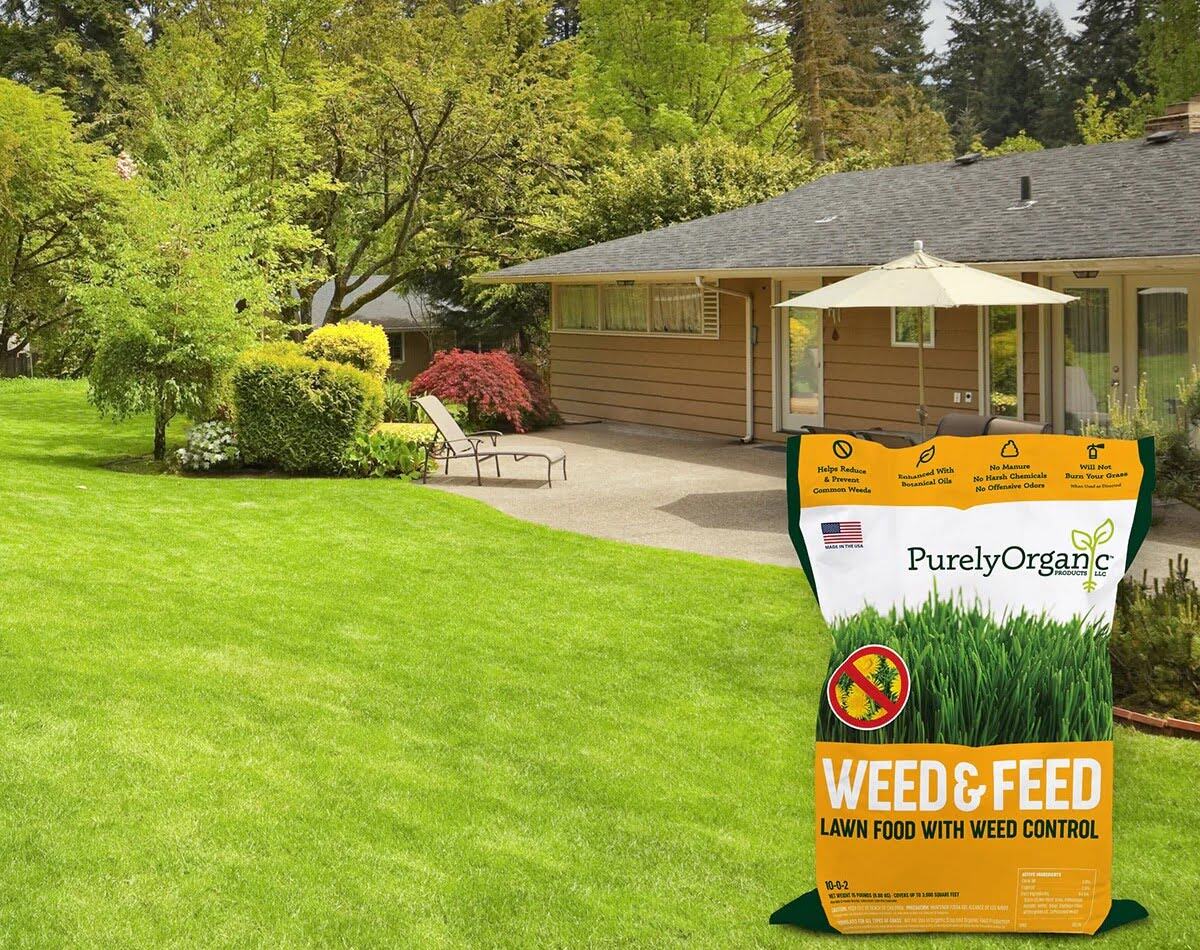
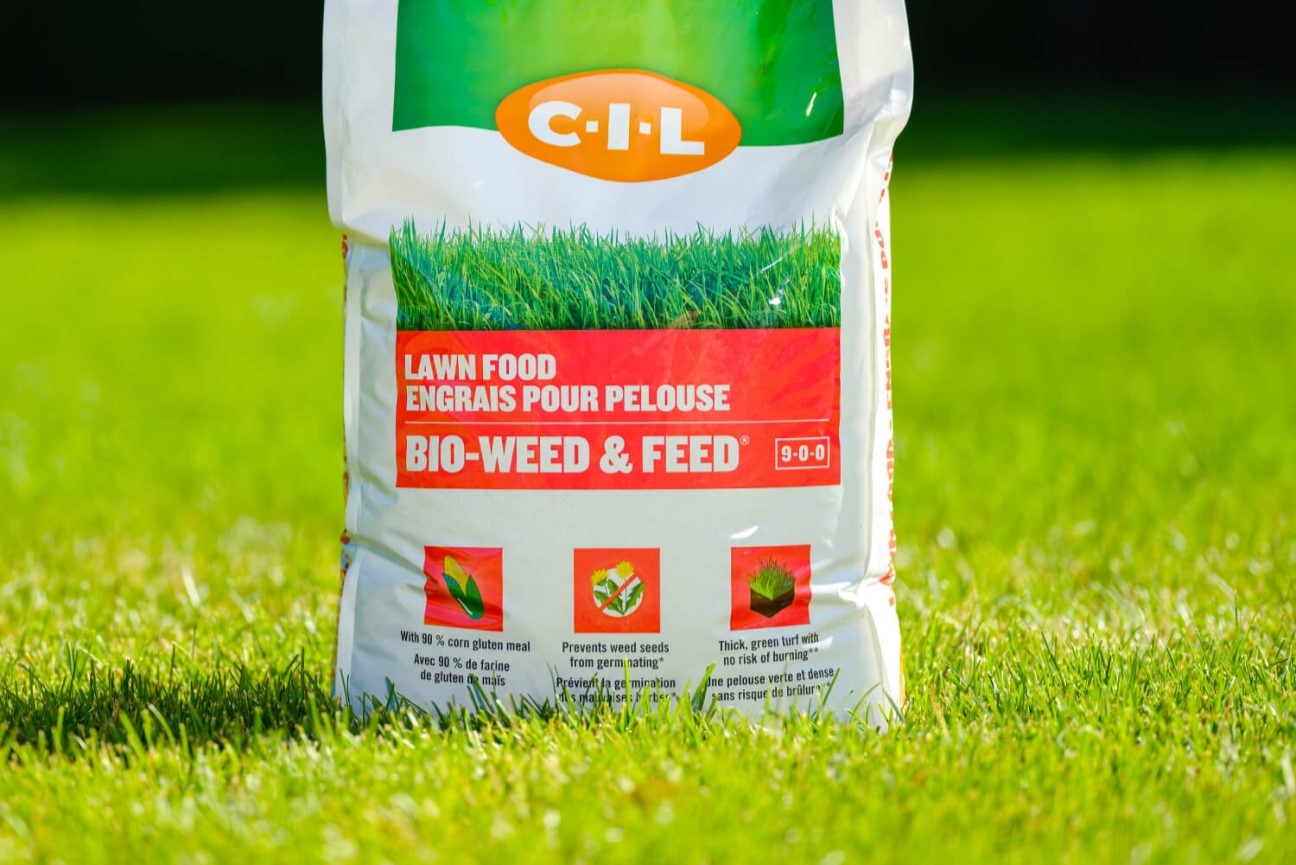
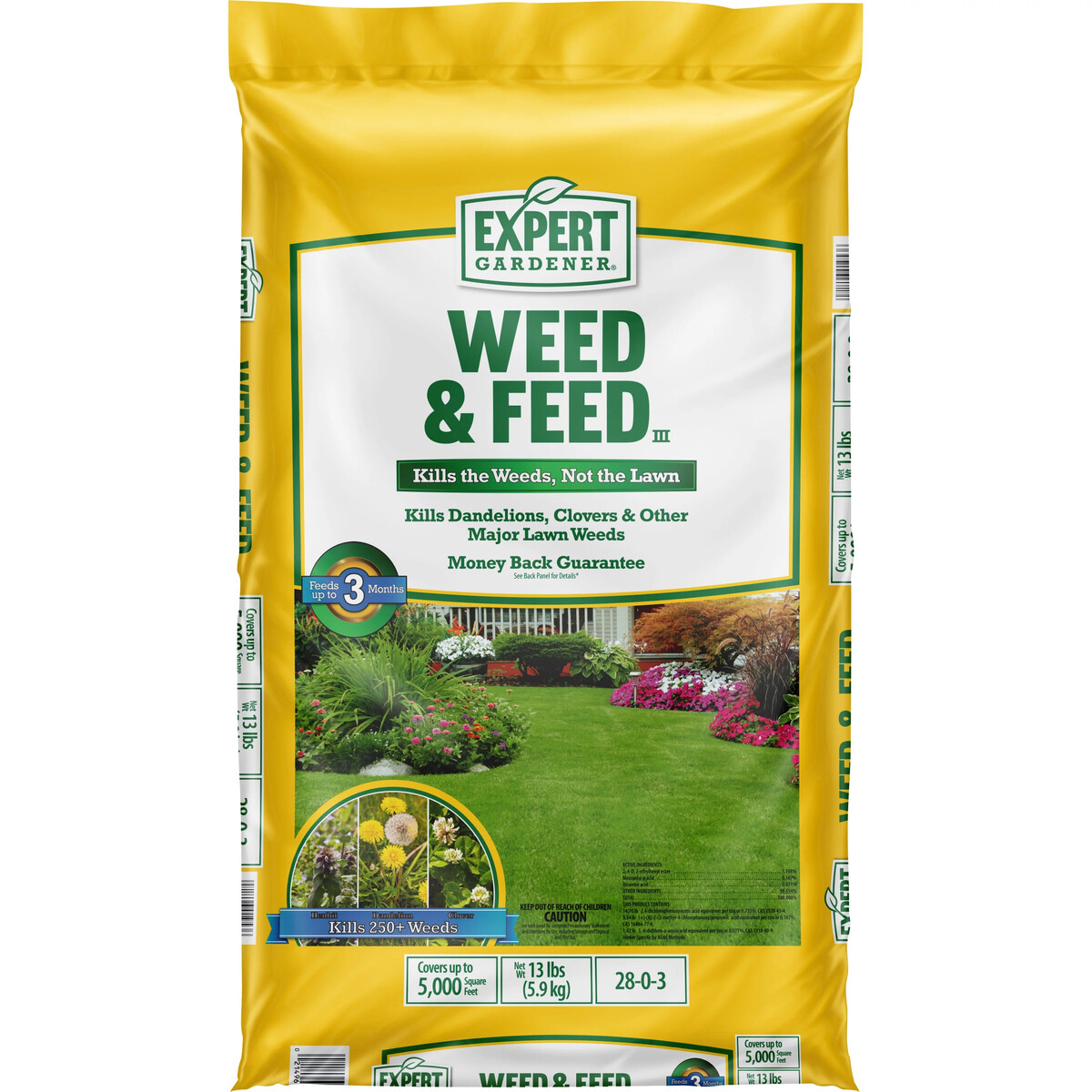
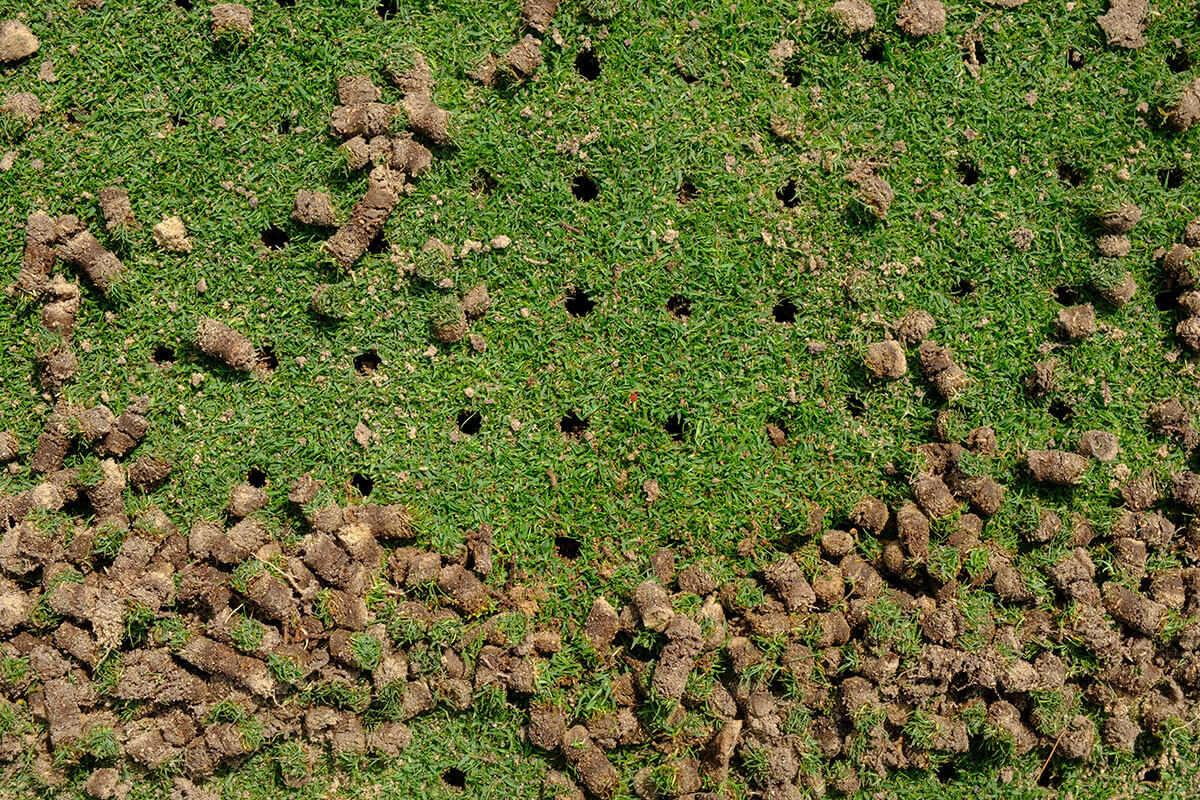
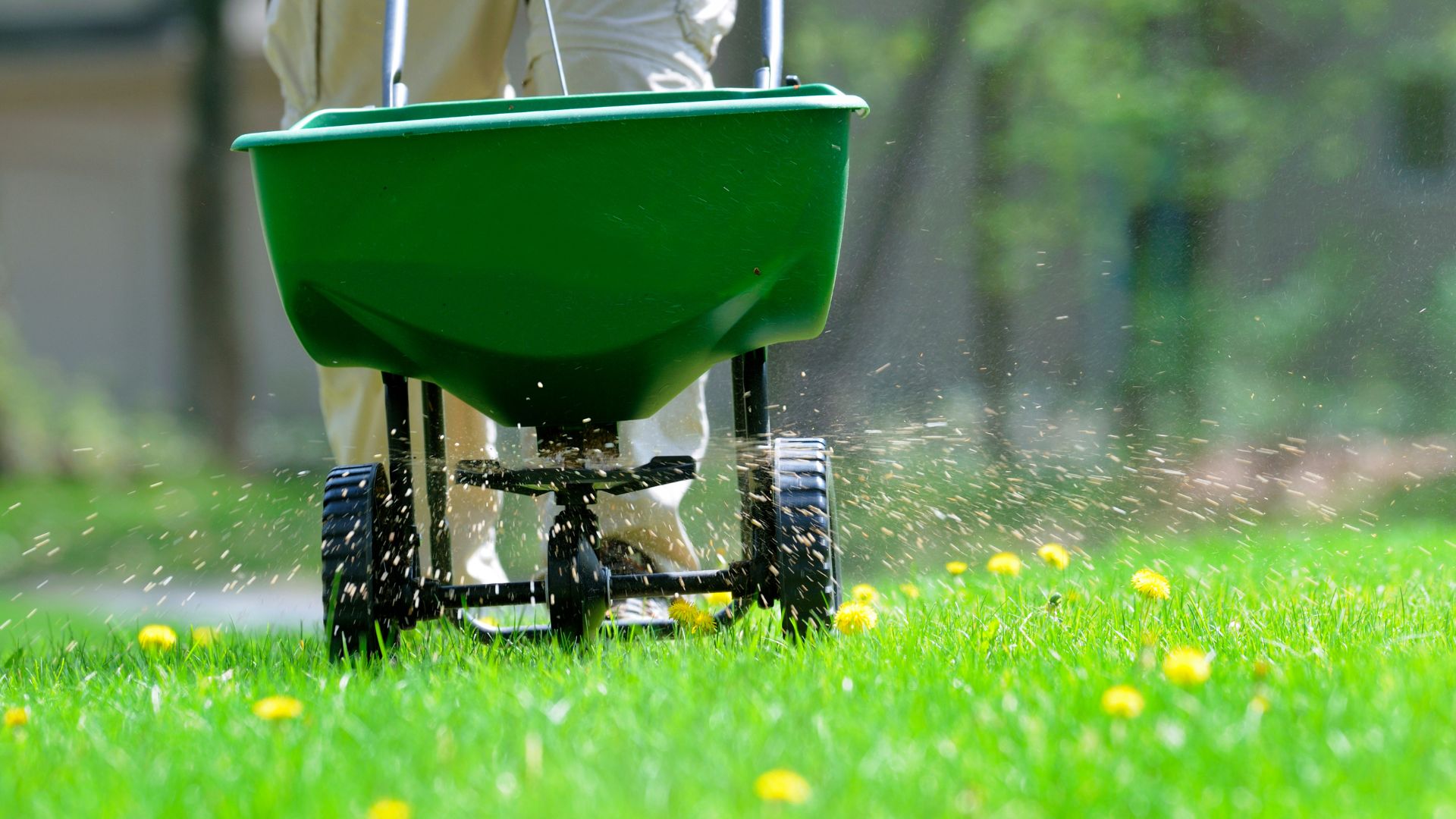
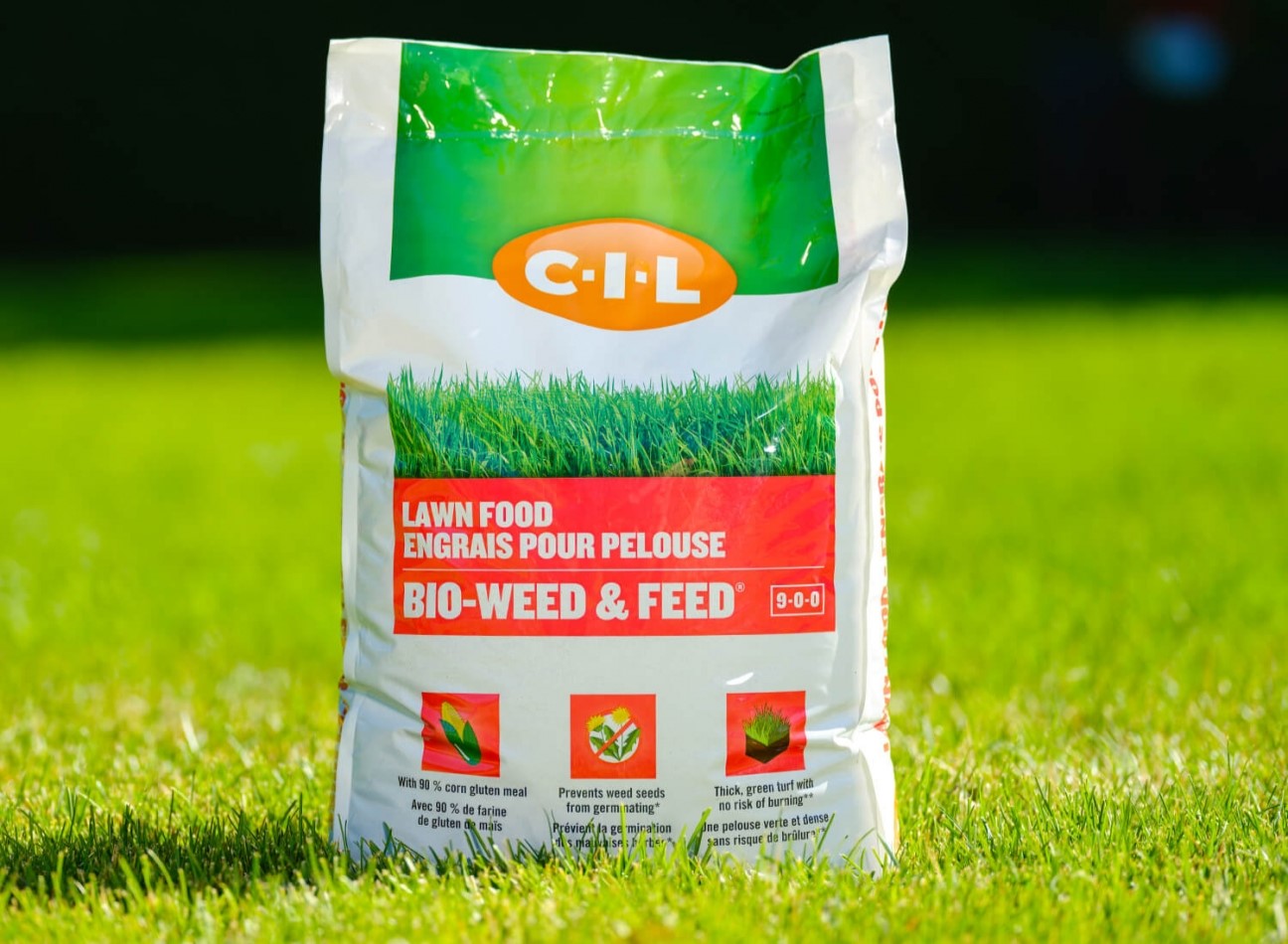
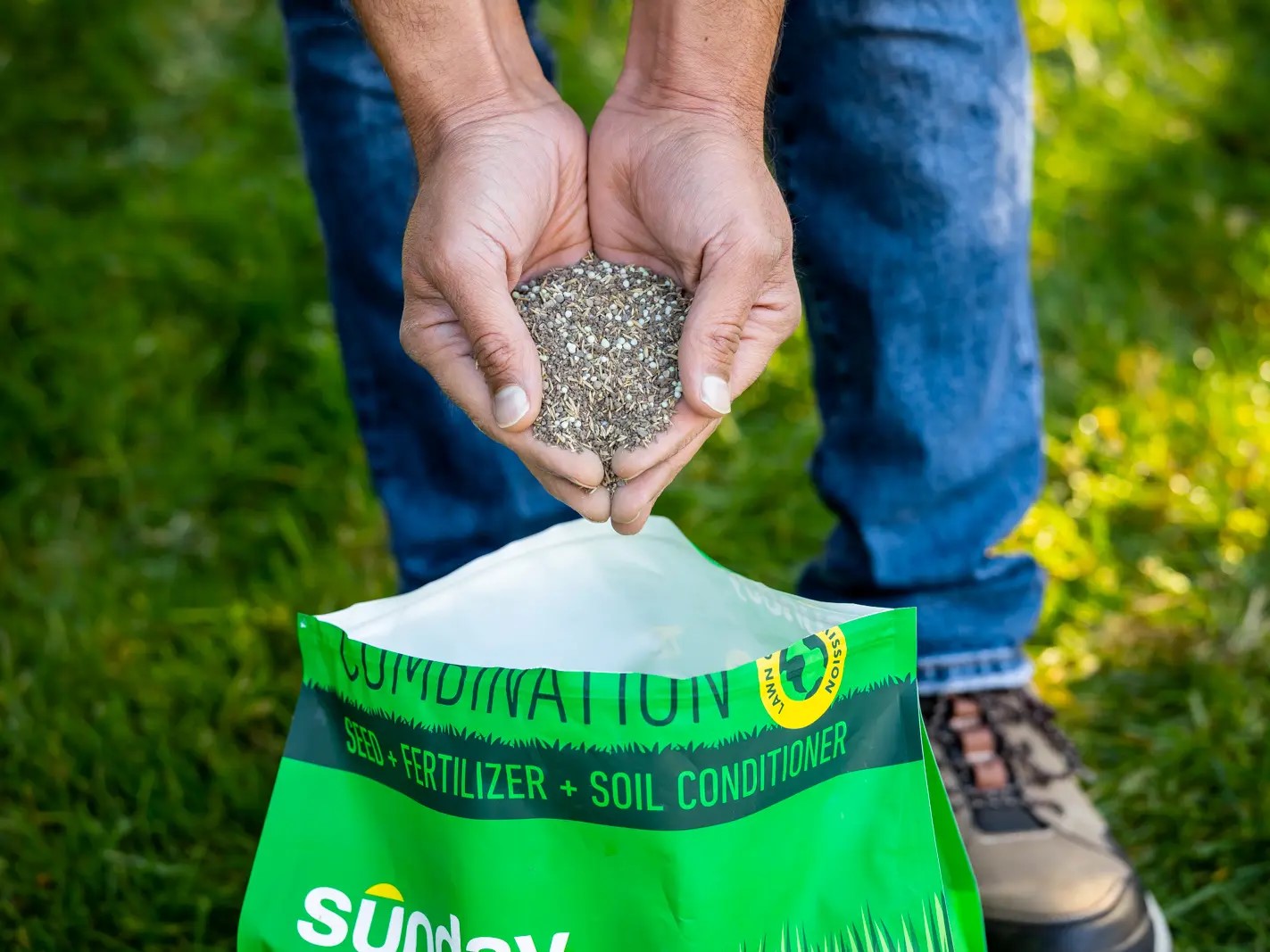
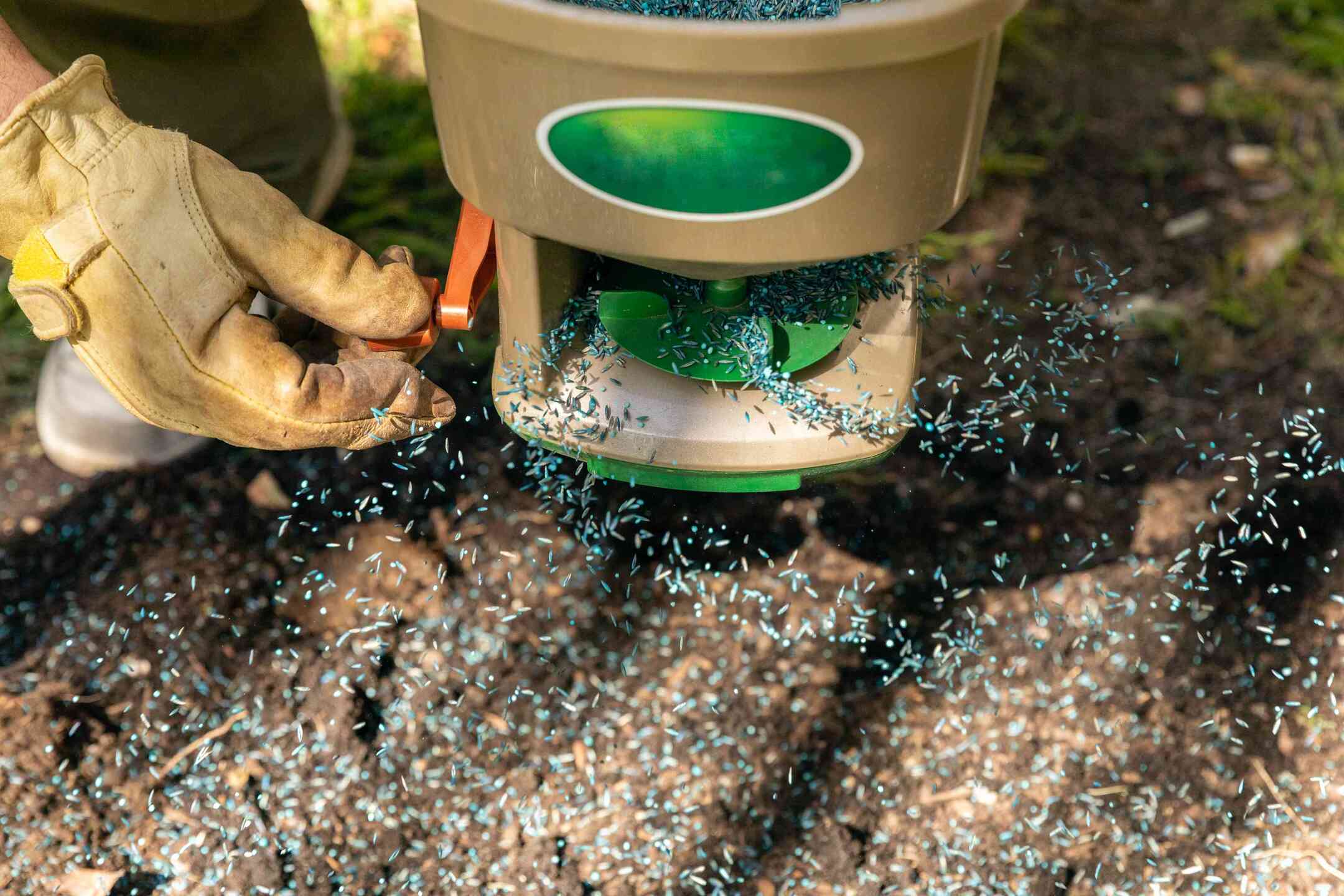
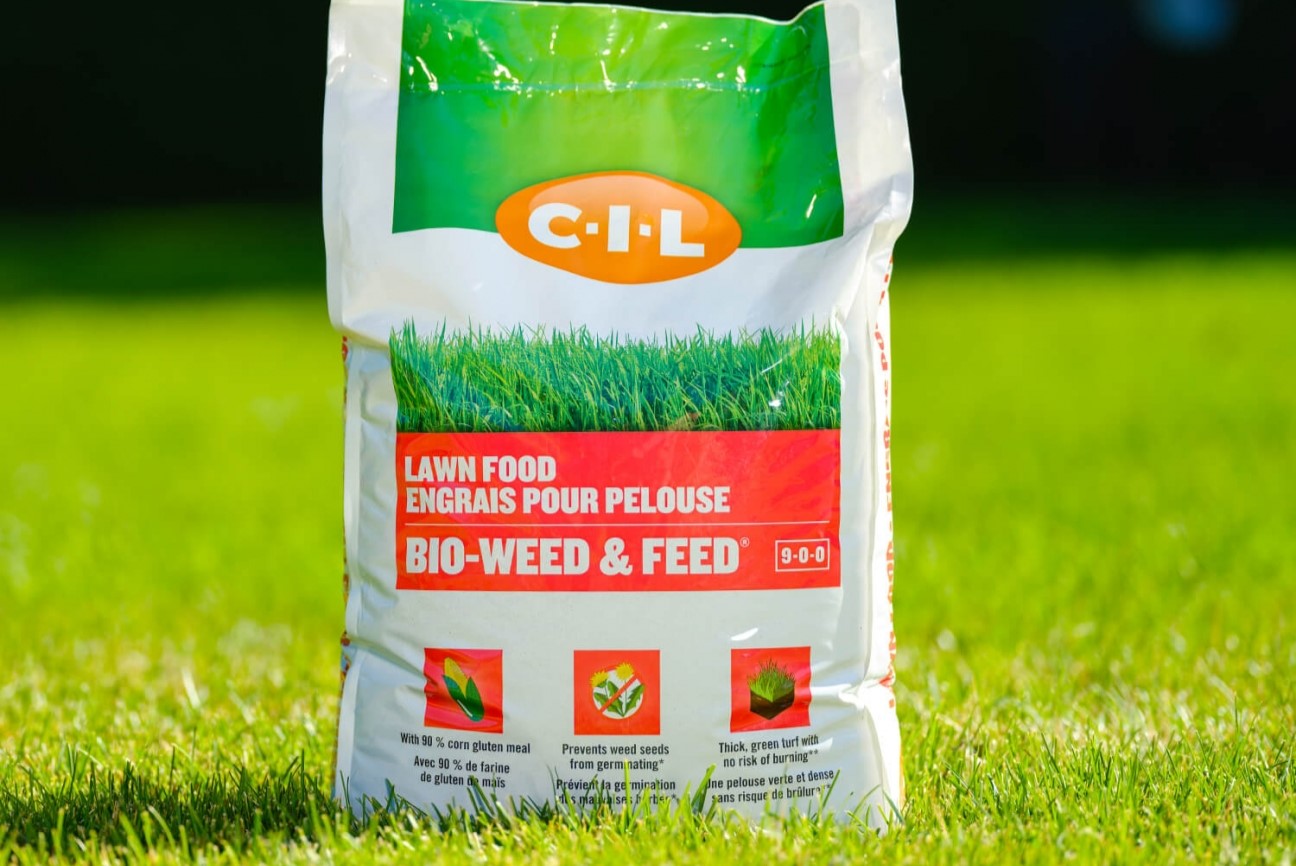
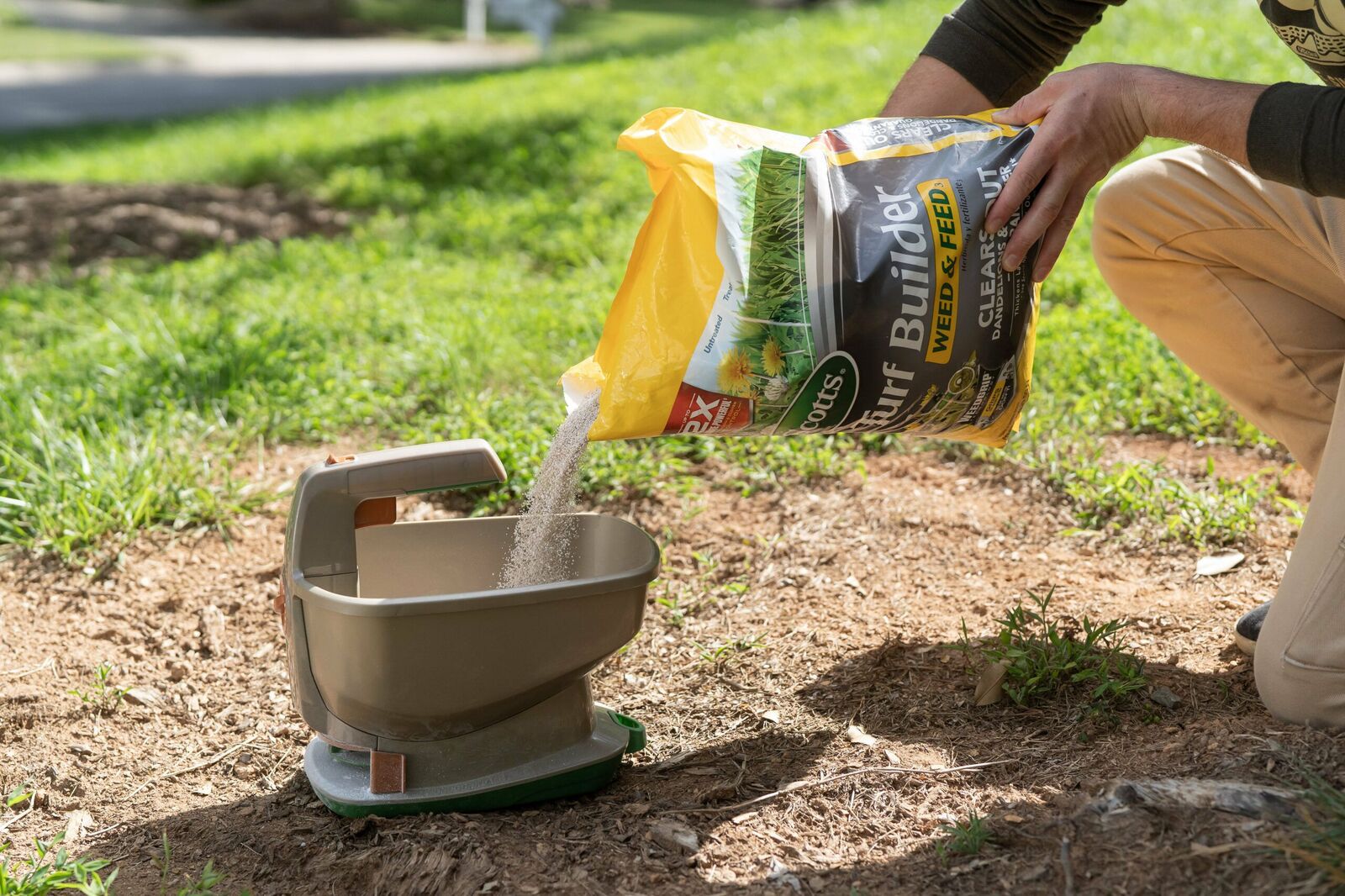
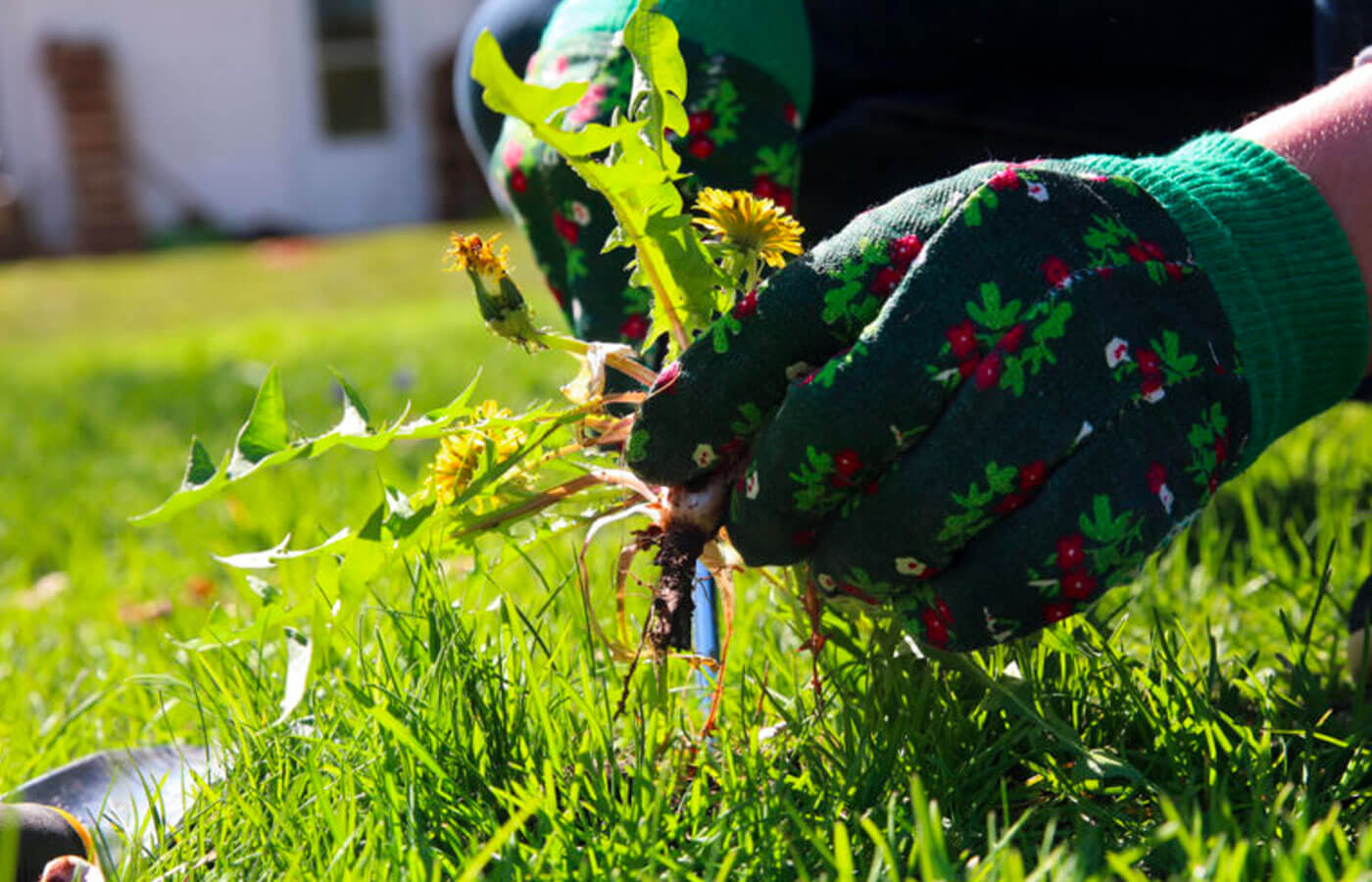
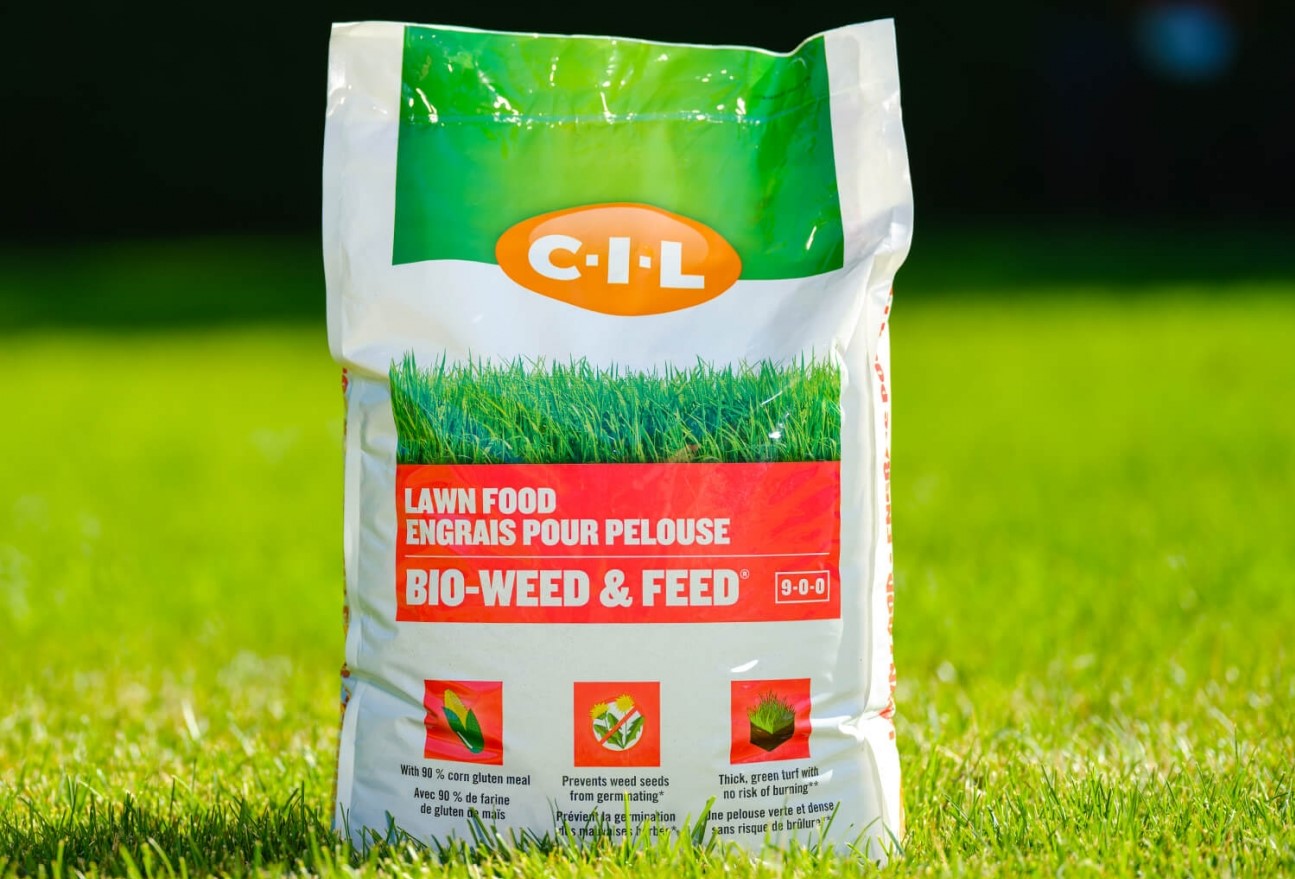
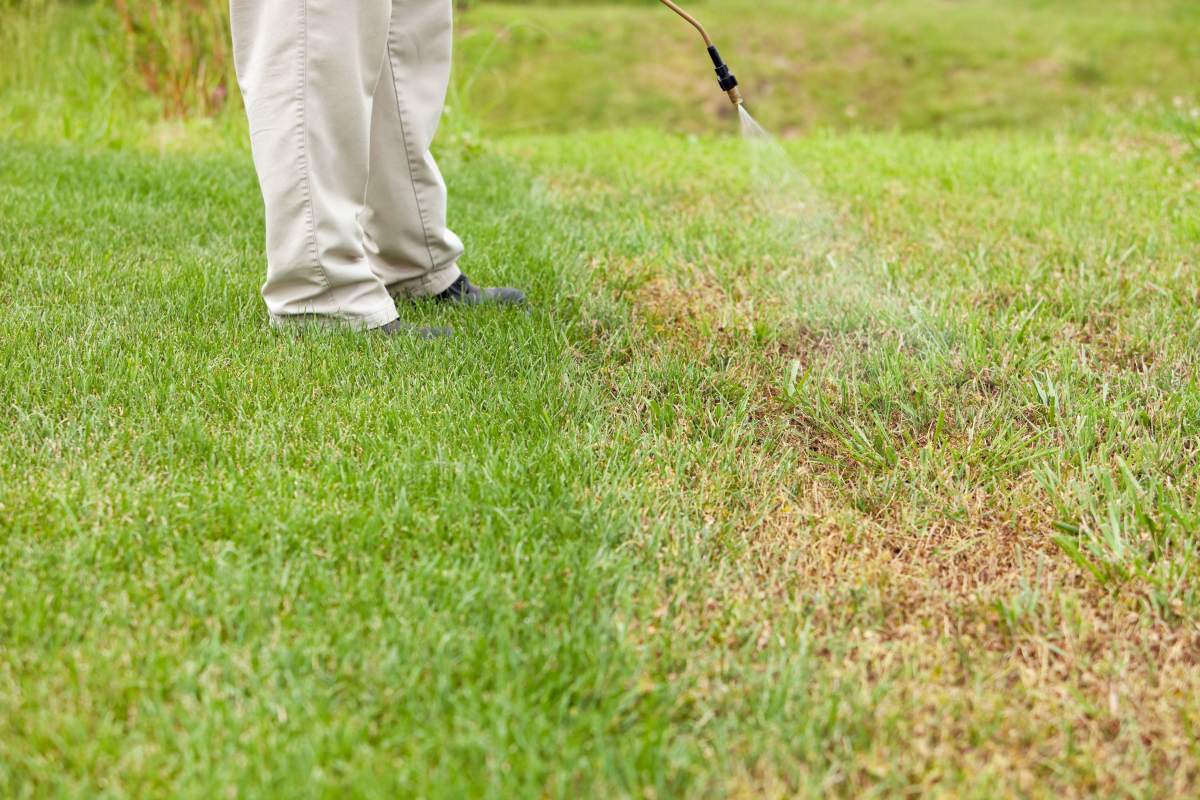
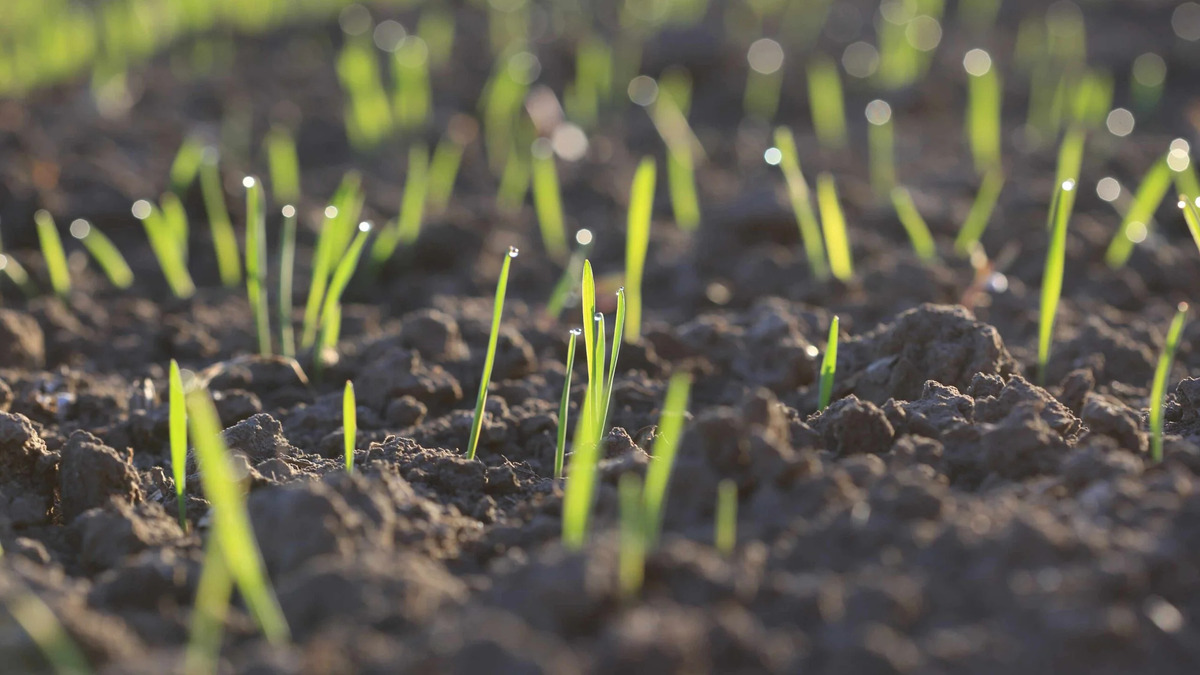

0 thoughts on “When Can I Seed My Lawn After Using Weed And Feed”